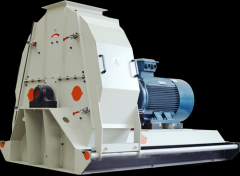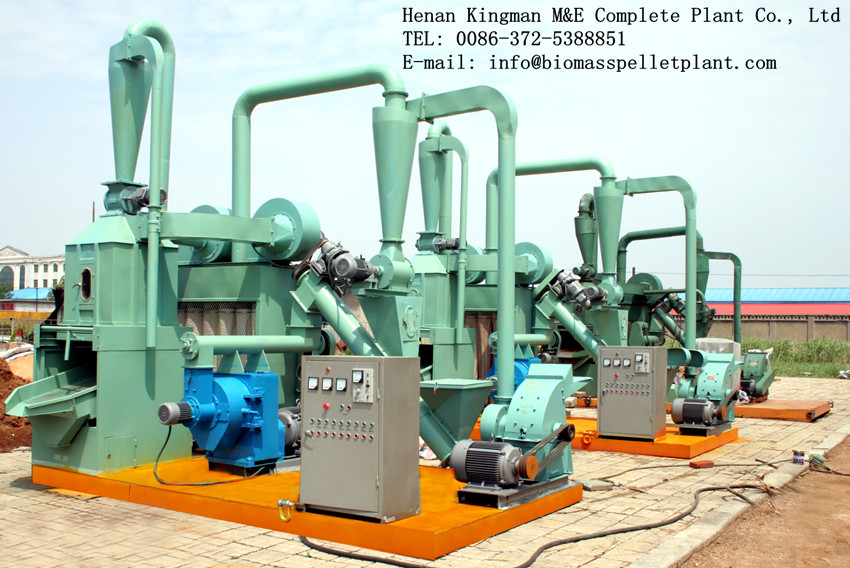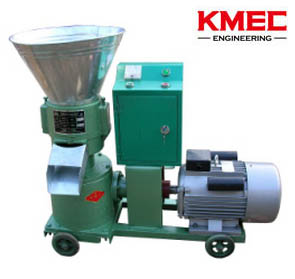Biomass Pellet Fuel Market Across Portugal
Nowadays, wood pellets are one of the largest internationally traded solid biomass commodities used specifically for energy purposes and the global demanding for wood pellets is also growing in the recent years. In Portugal, significant pellet production capacities have been installed since 2005. Several major pellet plants have been commissioned in 2008, increasing the total capacity to around 400,000 tones. Besides some smaller producers, mainly large-scale pellet plants are in operation. Currently, more than 90% of the pellets produced in pellet plant are exported mainly to Northern Europe. The domestic pellet consumption in Portugal is very limited.
Portugal has increased its production since 2008 and exported its pellets to United Kingdom and Denmark almost entirely. The biomass wastes in Portugal have a great capacity to contribute to energy production and are partially exploited for this purpose. The biomass sources used for pellets production in Portugal mainly comes from the forestry, wood processing industry and agricultural wastes.
1. Biomass pellet fuel market drives and barriers across Portugal
The Portuguese wood pellets market started developing around 2005 and is still in an initial stage; the large majority of the production is exported and the domestic consumption is extremely scarce; despite the sale of pellet appliances is growing.
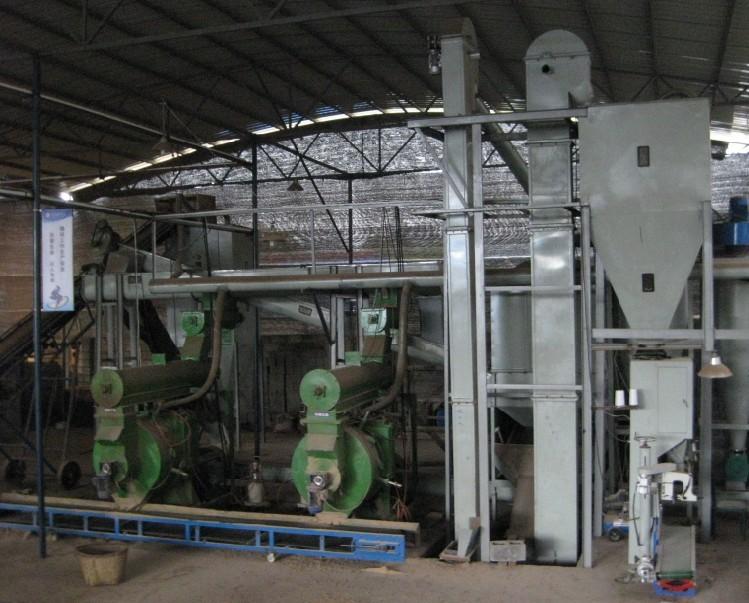
Some support measures for the promotion of the domestic market were introduced, such as tax deductions for the purchase of renewable energy appliances by private citizens (i.e. pellet stoves/boilers). On the other hand, a commonly acknowledged barrier for the development of the sector is the VAT regime for biomass feedstock, including pellets, that is still at 20% whereas natural gas and electricity are subject to a reduced tariff of 6% and fossil fuels for heating benefit of a 13% tariff.
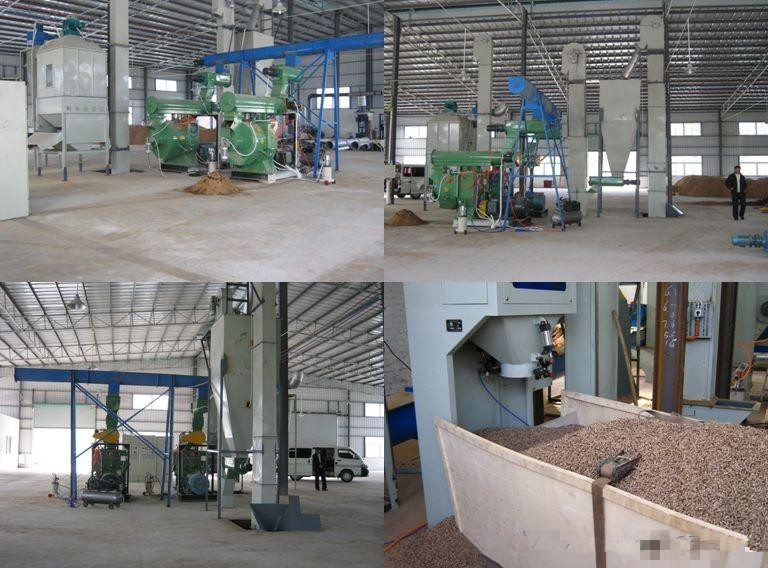
2. Production capacity and feedstock
According to Portuguese national pellet fuel association in 2010, 16 plants were active, with a total capacity of 700,000 tons per year, while the actual production amounted to 500,000 tons. Sawmill residues and sawdust from industrial semi-finished wood, wood furniture factories, carpentry and other woodworking industries are the main feedstock used for the production of pellets in Portugal.
3. Consumption, Trade and Logistic Aspects
Only 1% of the national production of pellets amounting to around 5,000-10,000 tons is consumed in Portugal, the vast majority of pellets are exported to other EU countries. Both industrial and residential quality pellets are produced in Portugal, and DINplus is commonly used for the qualification of this latter product. The Eurostat data for 2010 showed a significant volume of exports estimated at 695,683.32 tons of pellets exported by Portugal, mainly to the United Kingdom (291,365 tons), Denmark (246,626.3 tons) and Sweden (105,417.8 tons).
READ: BIOMASS PELLET FUEL MARKET IN DANMARK
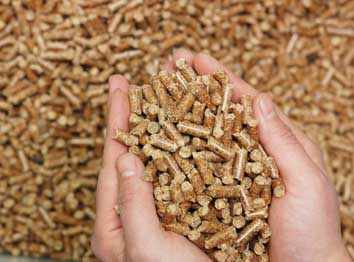
--------------------------------------------------------------------------------------------------------------------------------------------------------
How to start a biomass pellet plant is usually raised by clients or potential clients who possess abundant and sufficient biomass material such as wood blocks, wood sawdust or saw shavings, bark, tree branches and twigs as well as rice husk, wheat straw, cotton stalks, maize stalks, corn cobs, bagasse, palm EFB, bamboo.
News
- Small Pellet Machine Manufacturer-Kingman
- Application of Wood Pellets and Use of Biomass Pellets
- From Fossil Fuel into Biomass Pellet Fuel
- Biomass Pellet Making Machines Market
- Applying of pellet stoves for home use
- Highland pellets to build $130 million facility in arkansas
- How to deal with the blocked hammer mill
- How to Make Wood Pellets with Sawdust
- The government policy promotes the development of biomass fuel
- Market analysis of biomass pellet fuel
- Strategic positioning of renewable energy
- Biomass energy has pass through the pre assessment
- The key point of deep processing of biomass pellet
- Harbin is promoting the development of biomass machinery
- The development of biomass formation technology I
- The development of biomass formation technology II
- Biomass energy industry is now going full tilt in 2015
- Rapid increasing demand of sawdust pellet on the market
- Pellet fuel market in EU
- Chinese Biomass Energy Conference held in Beijing
- Future market development of straw pellet mill
- Peanut Shell Pellet Mill Makes High Quality Pellets
- The utilization of straw is only 5%, biomass energy needs our attention!
- Corn straw pellet machine relieves the tight supply of fuel energy
- Reasons for loose or not forming of biomass pellet mill


